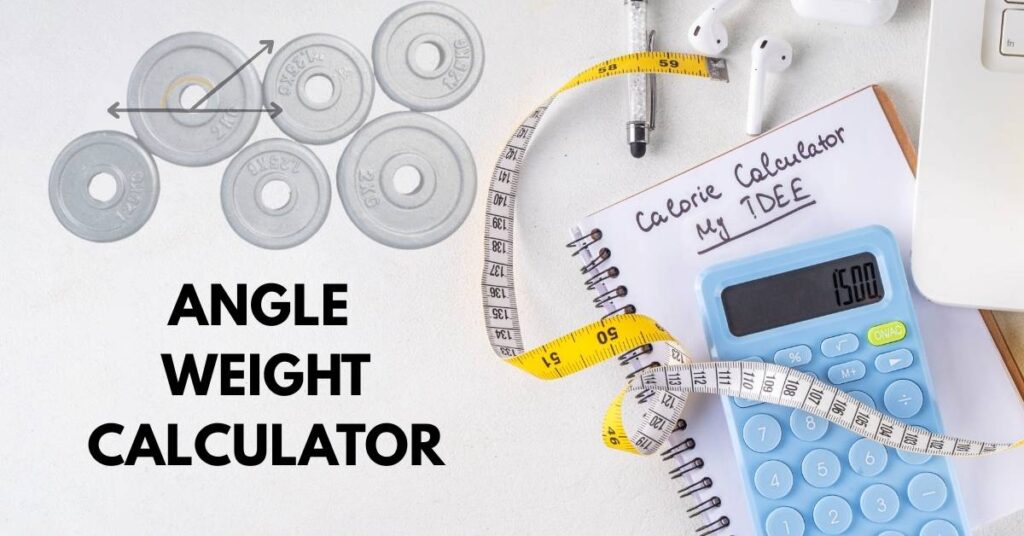Need to calculate the weight of an angle bar quickly and correctly? Whether you’re in construction, DIY, or metal fabrication, the Angle Weight Calculator is your go-to tool for fast and precise metal weight calculations.
Let’s dive deep into how it works, what it can do, and why it’s so useful in real-world applications.
What is an Angle Weight Calculator?
An Angle Weight Calculator is an online calculator that gives you the exact weight of angle bars based on inputs like:
- Material type (steel, aluminum, brass, etc.)
- Angle bar dimensions
- Thickness
- Length
It’s built using the metal weight formula:
Weight = Volume × Density
But don’t worry — the calculator does all the math. You just enter your angle iron specs, and get the angle weight per meter or per foot.
Why is Angle Weight Important?
The weight of an angle bar affects many important things, such as:
- Structural load calculations
- Shipping costs
- Material estimates
- DIY project planning
- Load-bearing limits
So whether you’re using steel angle, aluminum angle, or brass angle, knowing the correct weight is essential.
Top Benefits of Using an Online Angle Weight Calculator
✅ Accurate Results Instantly
The angle iron weight calculator gives real-time results with exact numbers in kg or lbs.
✅ Saves Time and Effort
Manual calculations take time and are prone to human errors. Using a free metal calculator eliminates guesswork.
✅ Supports All Materials
From mild steel to stainless steel, the calculator works with various metal types and their material density values.
Angle Weight Calculator: Key Features
| Feature | Description |
|---|---|
| Material Selection | Steel, Aluminum, Brass, Iron, Stainless Steel |
| Units | Metric (mm, kg) & Imperial (inch, lbs) |
| Dimension Inputs | Leg Size, Length, Thickness |
| Output | Total weight based on size and density |
| Device Support | Works on PC, Tablet, Mobile |

Understanding Angle Bar Dimensions
Different projects require different types of angle bars. Some common angle bar sizes include:
- Equal angle bar: Both legs are the same length
- Unequal angle bar: One leg is longer than the other
Typical angle section dimensions you might see:
| Angle Size (mm) | Thickness (mm) | Length (m) | Type |
|---|---|---|---|
| 25×25 | 3 | 6 | Equal angle |
| 50×50 | 5 | 6 | Equal angle |
| 75×50 | 6 | 6 | Unequal angle |
You can use the angle thickness calculator to adjust your values based on these standard angle sizes.
Material Types Supported by the Angle Weight Calculator
The tool works for multiple metals. Here’s a breakdown:
🔹 Steel Angle
- High strength, used in construction
- Available in mild steel and stainless steel
- Example use: Bridges, beams, supports
🔹 Aluminum Angle
- Lightweight and corrosion-resistant
- Ideal for DIY or aesthetic framing
🔹 Brass and Iron Angles
- Mostly for decorative or vintage construction projects
- Iron angle is heavier, used in high-load structures
Choose your material density in the calculator to get exact bar weight.
Cluster: Dimensions & Specs
Using the right dimensions is key for correct calculations.
Common Specs:
- Leg A (mm): 25–100+
- Leg B (mm): 25–100+
- Thickness (mm): 3–10+
- Length (m): 1–12
You can also find ready-to-use angle section weight charts that show the approximate weight for standard sizes.
Cluster: Engineering Use Cases
Angle bars are used in:
🏗️ Construction
- Load support in buildings, bridges, and industrial sheds
- Engineers use the calculator for load capacity of angles
🧰 DIY & Fabrication
- Used for shelves, racks, frames, fences
- Hobbyists rely on the angle bar weight calculator for project estimates
🛠️ Manufacturing
- Used in machine frames and brackets
- Accurate angle iron load ratings are vital for equipment safety
Sample Use Case: How to Use the Angle Weight Calculator
Let’s walk through a quick example.
You have:
- Material: Mild Steel
- Length: 3 meters
- Leg A: 50 mm
- Leg B: 50 mm
- Thickness: 5 mm
Result:
The Angle Weight Calculator gives you a total weight of ~11.4 kg.
FAQs about Angle Weight Calculator
1. How do I calculate metal angle weight manually?
Use the formula:
Weight = Volume × Density, but online tools are more accurate and faster.
2. Can I use it for all metal types?
Yes, the tool supports steel, aluminum, brass, iron, and more.
3. What’s the difference between equal and unequal angle bars?
Equal angles have both legs of the same length.
Unequal angles have different leg sizes, often used in custom frames.
4. Does material density matter?
Yes, material density directly affects the metal weight result.
Conclusion
Whether you’re an engineer planning structural supports, a manufacturer estimating loads, or a DIYer working on a small build, the Angle Weight Calculator is the smart way to get precise bar weight calculations fast.
It’s free, accurate, and supports all common metal materials and angle specs.


Pingback: VIPTools: Safe TikTok Growth Strategy - toolifytools.com